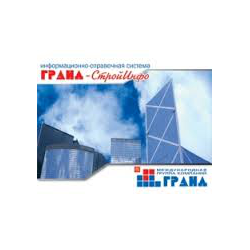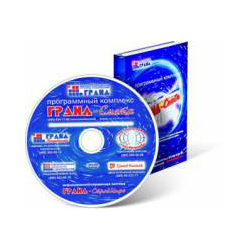Engineering directory
New product
Engineering handbook - A wide database of construction, construction and
Engineering handbook - A wide database of construction, construction and other materials, assortments, as well as other engineering data, technological information and calculations.
New Engineering directory Is the legacy of the successfully proven "Engineering Handbook for CAD", users of which have become more than 800 enterprises in Russia, Belarus, Ukraine and Kazakhstan.
The engineering reference v.2 is a qualitatively new software product implemented on the modern software platform "1C: Enterprise 8.2". As the core of the new Engineering Handbook The software elements of the system "1C: PDM Engineering Data Management" are used, which allows to provide the solution of a full range of tasks: from user management and security to the storage of files and interconnections of elements. The engineering reference v.2 works in file, server, Web, and thin client mode. Users have the opportunity to use the existing "1C: Enterprise" infrastructure, including the server. Engineering handbook v.2 includes the following information:
New Engineering directory Is the legacy of the successfully proven "Engineering Handbook for CAD", users of which have become more than 800 enterprises in Russia, Belarus, Ukraine and Kazakhstan.
The engineering reference v.2 is a qualitatively new software product implemented on the modern software platform "1C: Enterprise 8.2". As the core of the new Engineering Handbook The software elements of the system "1C: PDM Engineering Data Management" are used, which allows to provide the solution of a full range of tasks: from user management and security to the storage of files and interconnections of elements. The engineering reference v.2 works in file, server, Web, and thin client mode. Users have the opportunity to use the existing "1C: Enterprise" infrastructure, including the server. Engineering handbook v.2 includes the following information:
- Stamps of materials: metals and alloys, wood, adhesives, lubricants and coolant, plastics, welding materials, solders and fluxes, glass, chemical materials, rubber, varnishes, paints, etc. (More than 7000 items).
- Foreign materials.
- Assortment of materials (more than 600 items) as well as Sizes of assortments (more than 80000 variants).
Documents (TU, OST, GOST) for materials and grades (more than 2000 titles). - Metal-cutting equipment (about 600 titles with images). Full characteristics of the equipment (geometric dimensions, power, etc.)
- Classifier of technological operations according to GOST (about 1500 types of operations);
- Means of technological equipment: cutting and measuring tools, appliances, etc. (More than 9000 copies);
etc.
- Working with SQL-servers MS SQL, Oracle, IBM DB2, PostgreSQL.
- File single-user mode.
- Mode of operation with resource savings (thin client).
- Mode of operation through the Web interface with the ability to export data.
- Role and discretionary security system.
- Creation of copies of materials with a graphical representation of the material in accordance with GOST.
- Images of different brands of materials.
- Export data to XML.
- A full set of brand, assortment, and technical characteristics when exporting copies of a material.
- Object representation of data.
- Classifier of units of measure.
- Work with mobile devices (including a specialized client for Apple iPad).
- Unallocated (without specifying users) and personalized access.
- Insert a graphic representation of the material in HTML format into any documents with the ability to change the font and size.
- Checking the uniqueness of the applied instances.
- Checking the uniqueness of the applied instances.
- Checking the uniqueness of the applied instances.
- Checking the uniqueness of the applied instances.
- Checking the uniqueness of the applied instances.

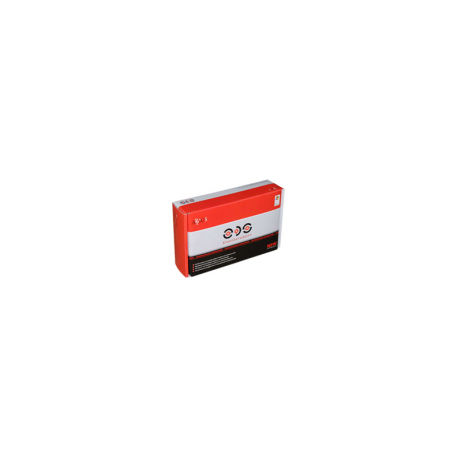






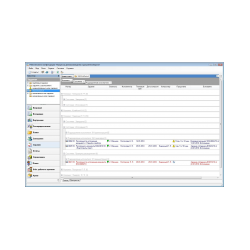
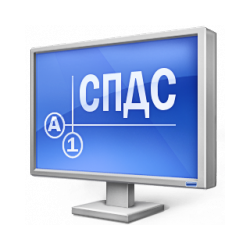
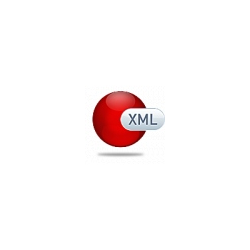
.jpg)

